Argentina farm invests heavily in staff
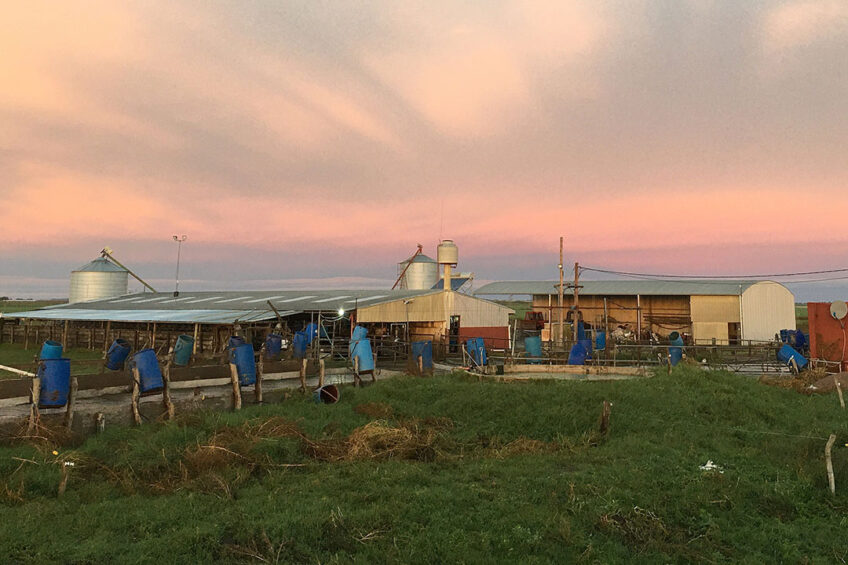
All too often dairy farmers submerge themselves in debt, having invested in all the latest gizmos and gadgets blinded by marketing promises of increased returns and short pay back terms. Keeping the business of milking cows relatively simple and investing in staff instead of too much machinery is the ethos of the Maria Teresa Sur Tambo 1 farm in Argentina.
The farm is 20 km from the nearest town, Treinta de Agosto, with a population of 8,000 people. This is just one of a number of dairy farms owned by Luis Peluffo in the region. Matias Ohlsson has managed this 600 hectare farm with his wife Patricia for the past 8 years. Matias looks after all aspects of feeding the cows, herd health and the calving season while Patricia manages all the herd information on computer.

“On this farm, we follow the New Zealand system, producing milk by grazing cows on pastures outdoors. In winter, when the growth of grass decreases, we also feed the cows hay, corn silage and grain.
“All the cows calve in autumn, so it is a heavy work load during this time. Only the heifers and 20 to 30 replacement bulls are reared on the farm, which is labour intensive as 400 to 450 animals are raised each season.
It is more important to invest in the workers by allowing as many days off as possible and providing good salaries.
“At the end of April, we start to inseminate the herd and that lasts for 45 days, after which we start the natural mating to bulls for another month and a half. For the first 3 months of the year we separate the herd into 2, according to date of calving, and after that by their level of production so we can feed them accordingly,” he adds.

Farm: Maria Teresa Sur Tambo 1 farm in Argentina. The farm is situated in the province of Buenos Aires and is one of many owned by Luis Peluffo.
Staff: Matias Ohlsson has managed this 600 hectare farm with his wife Patricia (pictured) for the past 8 years.
Production: Milk on average 800 Jersey, Kiwi cross, and Holstein Friesian cows twice a day. The cows average 16.5 litres per day at 4.11% protein and 4.9% butterfat.
Investing in staff
Investing in good staff rather than equipment is key at this farm, which employs 9 full-time workers with an extra 2 part-time enlisted to help during the calving season. A veterinarian visits the farm 3 times per week to check on the animals.
We like to automate simple jobs like using the backing gate and flushing the yards to wash them.
Matias says: “We use a 39 unit herringbone parlour run by 3 staff to milk the cows. The cows are encouraged to the parlour by a simple automatic backing gate made by us a few years ago. The company bets on the virtue of simplicity using fewer tractors and no mixer wagon. It is more important to invest in the workers by allowing as many days off as possible and providing good salaries. We like to automate simple jobs like using the backing gate and flushing the yards to wash them.

“The company has 3 other dairy farms and expects an annual growth of 15%. It has 400 extra heifers per year to sell or to use to open a new dairy, but since we did that a few years ago we will focus on selling in-calf heifers for a few years. Starting a new dairy farm means we have to find more land to rent as we have no interest in buying land. The company is selling A2A2 milk today and is exploring the organic milk business to enter in the near future,” he says.
Challenges in Argentina
Dairying in Argentina is not without its challenges. Maintaining a good herd health is tough as TB is a huge problem that increases culling rates. Also, antibiotic resistant bacteria is an issue on this farm with E.coli, Salmonella and Cryptosporidium reducing its calf survival rate over the past 3 years.

“Another main challenge is acquiring and keeping good workers,” states Matias. “Unemployment and other government subsidies have made it difficult for private businesses in the country to have stable and growing workforce available. In our area, there is a shortage of qualified and capable workers, because it is considered by many as a temporary job, and most of the time and effort to train a new employee is lost when they leave.
This is the reason there is a high number of employees from other provinces and countries like Paraguay and Venezuela. I am learning that one of the most important aspects in dairy farming is team building skills, and providing a work environment that attracts the best people for the job.
I seek to engage our workers and make a statement by reinforcing that if the company does well, so will the staff. More days off, possibilities of loans or comfortable and human friendly working hours are a few of the kicks of working here. By having a good team of helpers to do the job all the things are easier.

“The Covid-19 pandemic has been a great inconvenience on the farm. There has been a shortage of materials as the distribution was closed and made it very difficult to get supplies. This has affected the repair of equipment, machine maintenance and slowed down building work. We have to be very careful because if one of the helpers gets ill or is in close contact with a positive Covid-19 case they will be isolated at home for 15 days, and may even put our whole workforce in isolation. In March I tested positive for Covid-19 and I was not able to go to the dairy for 15 days. So I only could go around the farm on my own, but not to the dairy or make contact with the staff.

“My right hand man Waldemar took over from me and is in charge of the milk production when I take a day off. I only had two days when the symptoms made me feel very bad. I live 200m away from the dairy and it was weird not being able to go to my workplace as always. I cannot imagine what would have happened if I had passed the virus on to my team,” states Matias.
Join 13,000+ subscribers
Subscribe to our newsletter to stay updated about all the need-to-know content in the dairy sector, two times a week.
 Beheer
Beheer

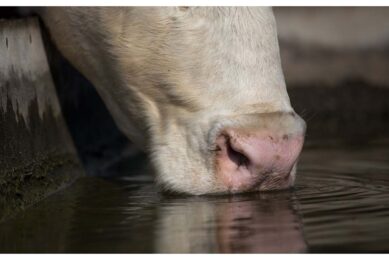
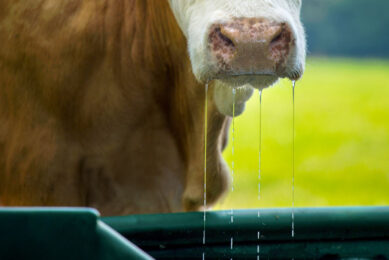
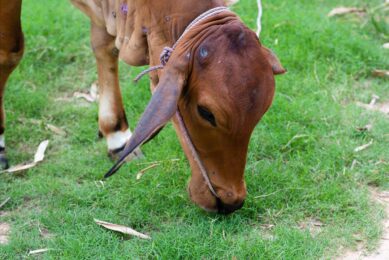
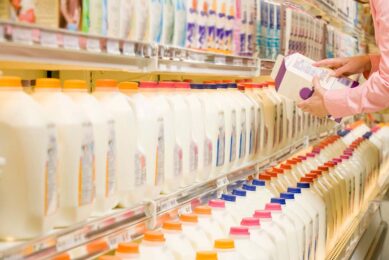
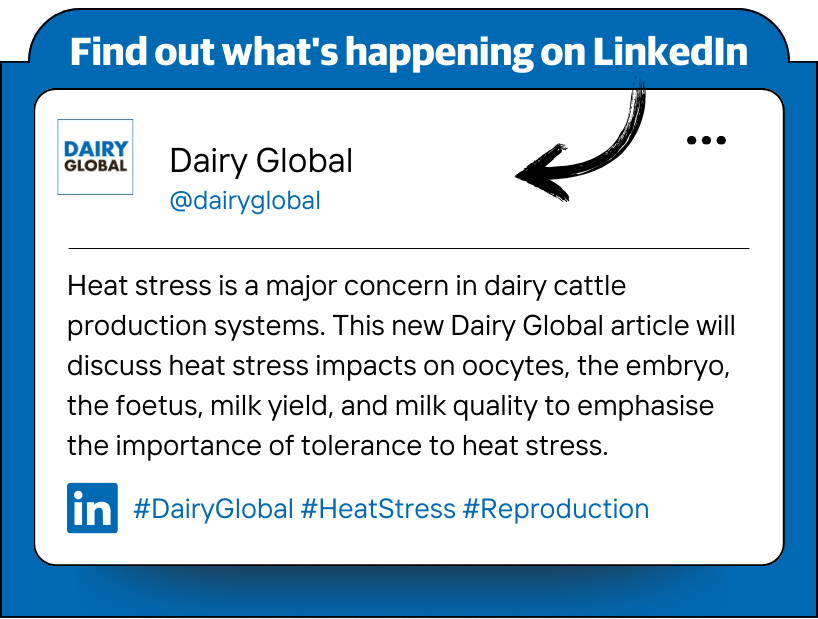



 WP Admin
WP Admin  Bewerk bericht
Bewerk bericht